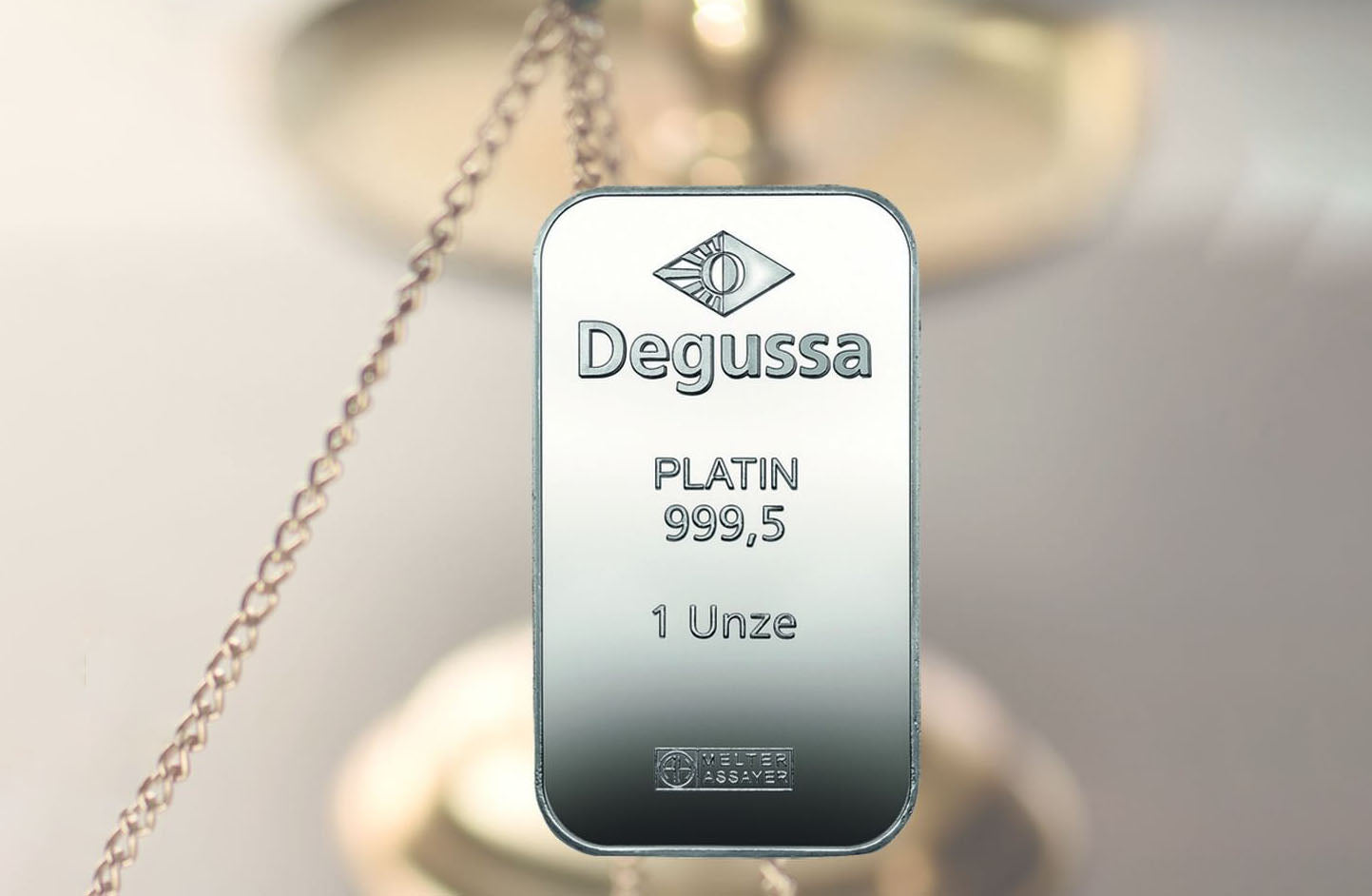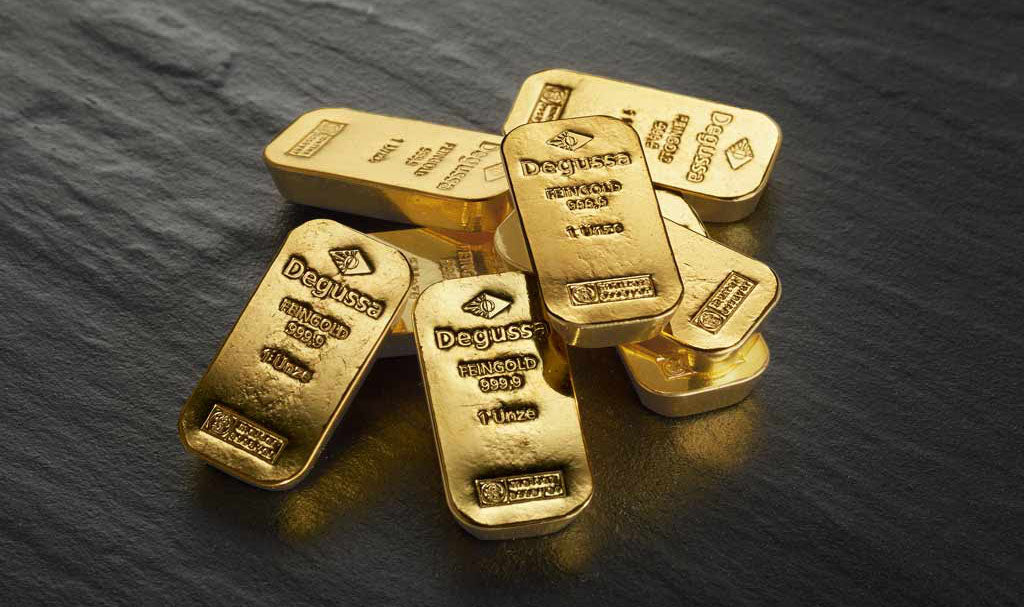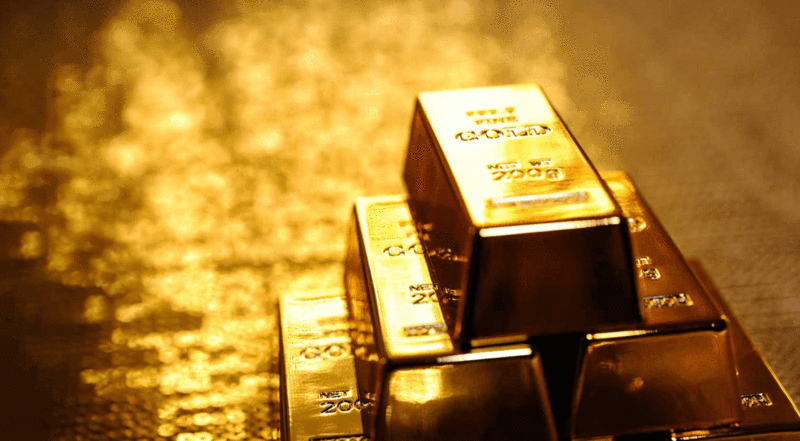If you are interested in investing and financial planning, you are probably familiar with buying precious metals like gold and silver, platin and palladium.
Many financial advisors recommend diversifying your portfolio, which is essentially spreading your investments across an array of stocks and commodities to help minimize risk; if one investment drops in value, it can be beneficial to have additional investments that may not be as greatly affected by the market.
Precious metals provide not only a hard asset, but an ideal safe haven investment that has historically withstood economic uncertainty. The utility and rarity of these metals has been treasured for centuries as a monetary device and a symbol of wealth.
 Types of Metals
Types of Metals
Precious metals are naturally occurring metallic elements that are relatively rare to find, which has contributed to their value throughout history.
It is common to find metals like gold and silver in jewelry, but precious metals also have a wide variety of industrial uses as well. The supply and demand of these metals across various industries is what causes spot prices—the current price of a metal—to stay in flux while markets are open.
The most common precious metals used for investing include:
Gold: Treasured for its durability, malleability, and conductivity, gold is primarily used as a form of currency and in the making of jewelry. It has additional uses in electronics and dentistry.
Silver: With more industrial uses than gold, silver price fluctuations are often more volatile; but its affordability makes it an ideal choice for beginner investors. Silver is used for electrical appliances, medicinal applications, batteries, circuits, and a variety of other purposes.
Platinum: Due to its rarity, far less platinum is pulled from the ground than gold. The most common use of platinum outside of ornamental purposes is in the manufacture of automotive catalytic converters. It is also used in the computer industry and for chemical refining.
Palladium: Similar to platinum, palladium is used to make engines and ceramic capacitors in chargeable electronics. It can also be alloyed with gold to make white gold, which is mostly used for jewelry.
Some investors also choose to buy copper, magnesium, zirconium, iron, and other metals that have a host of industrial uses.
 Why Invest in Precious Metals?
Why Invest in Precious Metals?
With a paper money system in place, why should you invest in precious metals? While we cannot predict exactly what could happen to our economy in the future, we can take notes from history. Several forms of paper money—also called fiat currency—have collapsed in various cultures over the centuries. But gold, silver, and other metals have remained universally valuable commodities.
People often view metals as a safe haven investment. It is common to see an increase in demand during times of economic or political instability, as well as during times of war or other crises. Faltering real estate, stocks, and bonds may also drive people toward precious metals. If security is threatened, metals provide a valuable asset that you can keep in your own possession.
 Another benefit of investing in precious metals is that they offer protection against inflation. You cannot create more metals than what already exists, so they cannot be inflated. Metals are also free of credit risk. Owning metals helps diversify your portfolio, which is often recommended for more investment security
Another benefit of investing in precious metals is that they offer protection against inflation. You cannot create more metals than what already exists, so they cannot be inflated. Metals are also free of credit risk. Owning metals helps diversify your portfolio, which is often recommended for more investment security
If you decided to begin investing in precious metals, we invite you to browse Degussas’s selection of precious metals. Our extensive catalog of products contains gold, silver, platinum and palladium bars.
BUY PRECIOUS METALS WITH CRYPTO.
Safe. Fast. Confidential.
Source: Provident metals
